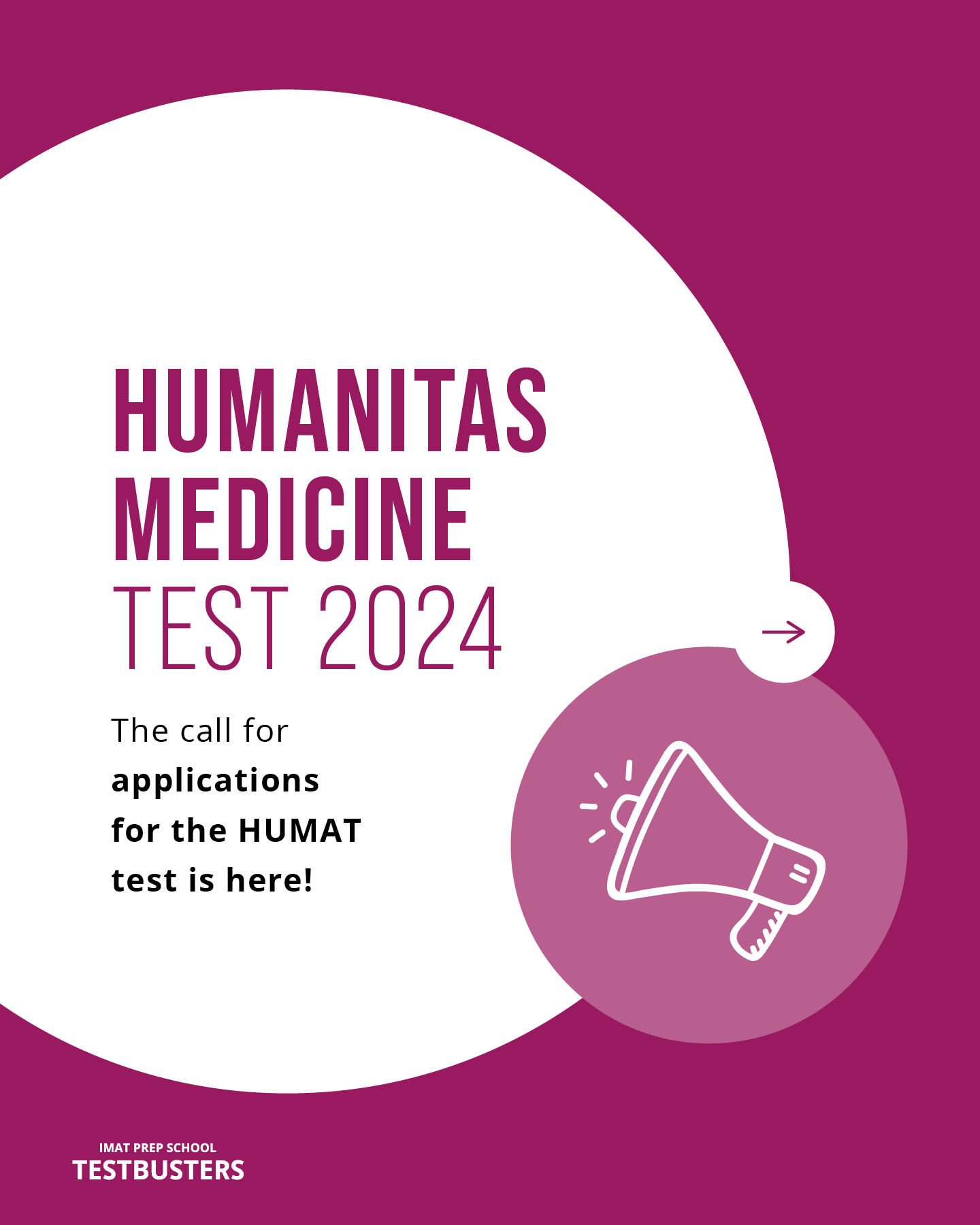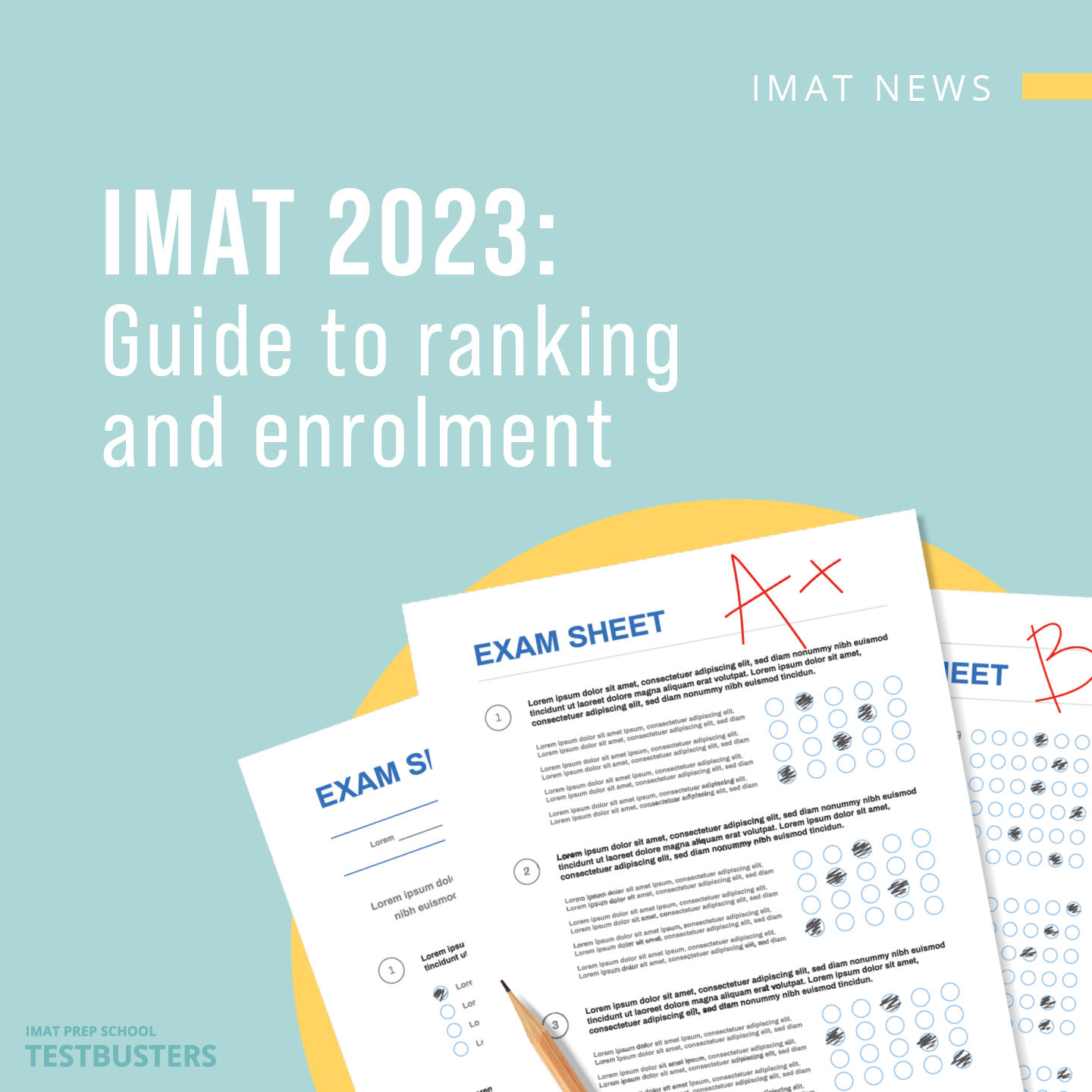SYLLABUS
IMAT 2022
To be admitted, it is necessary to have a good grasp of general knowledge, particularly regarding literacy, history, philosophy, social studies and institutions. It is also required to be able to comprehend long texts as well as logical/mathematical reasoning. The knowledge required is referred to as high-school-level tuition.
LOGICAL REASONING
The student is required to be able to complete a logical reasoning in a manner consistent with the premises, which are stated in symbolic or verbal form through multiple-choice questions. The multiple choices are formulated with short propositions, and the students must exclude erroneous, arbitrary or less probable conclusions.
The questions deal with texts of scientific essays or fiction by classical or contemporary authors or texts on the actuality that have appeared in newspapers or specialised magazines;
The questions are also related to cases or problems, even of an abstract nature, whose solution requires using different forms of logical reasoning.
GENERAL KNOWLEDGE
In the historical field, the questions may concern the history of the 20th century and the world today:
- Industrialisation and post-industrial society;
- The conquest of fundamental rights;
- New people and movements;
- The welfare state and its crisis;
- Globalisation processes and conflicts in the global world.
In the social and institutional sphere, in line with the Italian national guidelines concerning the activities carried out for “Citizenship and Constitution”, the questions may involve:
- The Constitutional Charter;
- Communication and the mass media;
- The organisation of the economy and political life;
- The different forms of state and government.
- General knowledge in a supranational context on topics addressed in the course of studies or present in contemporary public discourse.
BIOLOGY
The biochemistry of living organisms:
- The biological importance of weak interactions.
- Organic molecules in organisms and their functions.
- The role of enzymes.
The cell as the basis of life:
- Cell theory.
- Cell dimensions.
- The prokaryotic and eukaryotic cell, animal and plant.
- Viruses.
- The cell membrane: structure and functions – transport across the membrane.
- Cell structures and their specific functions.
- Cell cycle and cell reproduction: mitosis and meiosis – chromosome kit and chromosome maps.
Bioenergetics:
- The energy currency of cells: ATP.
- Oxidation-reduction reactions in living organisms.
- Energy processes: photosynthesis, glycolysis, aerobic respiration and fermentation.
Reproduction and Inheritance:
- Life cycles.
- Sexual and asexual reproduction.
- Mendelian genetics: Mendel’s laws and their applications.
- Classical genetics: chromosomal theory of inheritance – models of inheritance.
- Molecular genetics: structure and duplication of DNA, the genetic code, protein synthesis.
- The DNA of prokaryotes.
- The structure of the eukaryotic chromosome.
- Genes and the regulation of gene expression.
- Human genetics: transmission of mono- and polyfactorial characters; autosomal and X-chromosome-related inherited diseases.
Biotechnology:
- Recombinant DNA technology and its applications.
Heredity and environment:
- Mutations.
- Natural and artificial selection.
- Evolutionary theories.
- The genetic bases of evolution.
Anatomy and physiology of animals and humans:
- Animal tissues.
- Anatomy and physiology of systems and apparatuses in humans and their interactions.
- Homeostasis.
CHEMISTRY
The constitution of the matter:
- States of aggregation of matter;
- Heterogeneous and homogeneous systems;
- Compounds and elements.
Laws of perfect gases.
The structure of the atom:
- Elementary particles;
- Atomic number and mass number, isotopes, electronic structure of the atoms of the various elements.
The periodic system of the elements:
- Groups and periods;
- Transition elements;
- Periodic properties of the elements: atomic radius, ionisation potential, electronic affinity, metallic character.
- Relationships between electronic structure, position in the periodic system and properties of the elements.
The chemical bond:
- Ionic bond, covalent bond and metallic bond.
- Bond energy;
- Bond polarity;
- Electronegativity;
- Intermolecular bonds.
Fundamentals of inorganic chemistry:
- Nomenclature and main properties of inorganic compounds: oxides, hydroxides, acids, salts.
Chemical reactions and stoichiometry:
- Atomic and molecular mass;
- Avogadro’s number;
- Mole concept and its application;
- Elementary stoichiometric calculations;
- Balancing simple reactions;
- The different types of chemical reactions.
Solutions:
- Solvent properties of water;
- Solubility;
- The main ways of expressing the concentration of solutions;
- Equilibrium in aqueous solutions.
Elements of chemical kinetics and catalysis.
Oxidation and reduction:
- Oxidation number;
- concept of oxidant and reductant;
- Balancing of simple reactions.
Acids and bases:
- The concept of acid and base;
- Acidity, neutrality and basicity of aqueous solutions.
- The pH;
- Hydrolysis;
- Buffer solutions.
Fundamentals of organic chemistry:
- Bonds between carbon atoms;
- Crude and structural formulae;
- Concept of isomers;
- Aliphatic, alicyclic and aromatic hydrocarbons;
- Functional groups: alcohols, ethers, amines, aldehydes, ketones, carboxylic acids, esters, amides;
- Nomenclature.
PHYSICS
Measurements:
- Direct and indirect measurements;
- Fundamental and derived quantities;
- Physical dimensions of quantities;
- Knowledge of the metric system and the CGS, Technical (or Practical) (ST) and International (SI) Systems of Units of Measurement;
- Units of measurement (names and relations between fundamental and derived units), multiples and submultiples (names and values).
Kinematics:
- Kinematic quantities;
- The types of motion, with emphasis on uniform rectilinear motion and uniformly accelerated motion;
- Uniform circular motion;
- Harmonic motion (for all motions: definition and relations between related kinematic quantities).
Dynamics:
- Vectors and operations on vectors;
- Forces, moment of forces with respect to a point.
- Moment of a pair of forces;
- Vector composition of forces;
- Definitions of mass and weight;
- Acceleration of gravity;
- Density and specific weight;
- Law of universal gravitation;
- 1st, 2nd and 3rd principles of dynamics;
- Work, kinetic energy, potential energies;
- Principle of conservation of energy;
- Impulse and momentum;
- Principle of conservation of momentum.
Fluid mechanics:
- Pressure and its units of measurement (not only in the SI system);
- Archimedes’ principle;
- Pascal’s principle;
- Stevin’s law.
Thermology, thermodynamics:
- Thermometry and calorimetry;
- Heat capacity and specific heat;
- Modes of heat propagation;
- Change of state and latent heat;
- Laws of perfect gases;
- First and second principles of thermodynamics.
Electrostatics and electrodynamics:
- Coulomb’s law;
- Electric field and potential;
- Dielectric constant;
- Capacitors;
- Series and parallel capacitors;
- Direct current;
- Ohm’s law;
- Kirchhoff principles;
- Electrical resistance and resistivity;
- Electrical resistances in series and parallel;
- Work, Power;
- Joule effect;
- Generators;
- Electromagnetic induction and alternating currents;
- Effects of electric currents (thermal, chemical and magnetic).
MATHS
Number sets and algebra:
- Natural, integer, rational, real numbers;
- Sorting and comparison; order of magnitude and scientific notation;
- Operations and their properties;
- Proportions and percentages;
- Powers with integer, rational exponent and their properties;
- Radicals and their properties;
- Logarithms (base 10 and base e) and their properties;
- Mentions of combinatorial calculus;
- Algebraic expressions, polynomials;
- Remarkable products, n-th power of a binomial, factor decomposition of polynomials;
- Algebraic fractions;
- Algebraic equations and inequalities of first and second degree;
- Systems of equations.
Functions:
- Fundamentals of functions and their graphical representations (domain, codomain, study of the sign, continuity, maximums and minimums, increasing and decreasing, etc.);
- Elementary functions: whole and fractional algebraic, exponential, logarithmic, goniometric;
- Compound functions and inverse functions;
- Goniometric equations and inequalities.
Geometry:
- Polygons and their properties;
- Circumference and circle;
- Measurements of lengths, surfaces and volumes;
- Isometries, similarities and equivalences in the plane.
- Locus;
- Measurement of angles in degrees and radians;
- Sine, cosine, tangent of an angle and their notable values;
- Goniometric formulae;
- Solving triangles;
- Cartesian reference system in the plane;
- Distance of two points and midpoint of a segment;
- Equation of the straight line;
- Conditions of parallelism and perpendicularity;
- Distance of a point from a straight line;
- Equation of the circumference, parabola, hyperbola, ellipse and their representation in the Cartesian plane;
- Pythagorean Theorem;
- Euclid’s Theorems (first and second).
Probability and statistics:
- Frequency distributions according to character type and main graphical representations;
- Concept of random experiment and event;
- Probability and frequency.
Official attachment of the Italian Ministry of University here.



